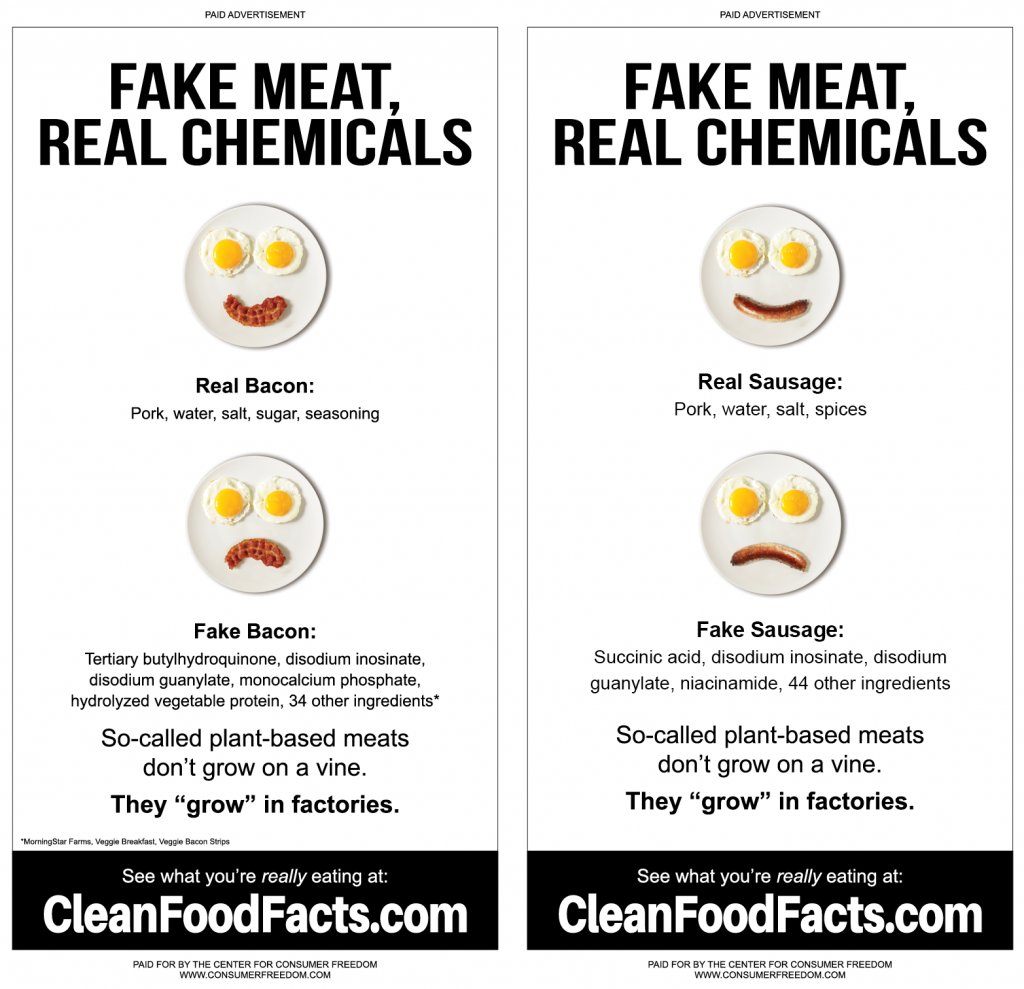First John Banzhaf began comparing Ronald McDonald to Joe Camel. Then the leader of efforts to sue fast food companies for making people fat declared a U.S. District Court Judge’s dismissal order of one of his lawsuits “a roadmap on possible addiction.” Next Banzhaf was quoted in the New Scientist saying “We might even discover that it’s possible to become addicted to the all-American meal of burgers and fries.” Finally, he told USA Today: “With growing evidence that fatty foods can have addiction-like effects, this will be a new, untested weapon in obesity suits.“
Enter Neal Barnard, president of a PETA front group called the Physicians Committee for Responsible Medicine (PCRM), who has just published a new book called Breaking the Food Seduction. The subhead of the press release announcing Barnard’s bound propaganda piece reads: “New Book Shows Food Really Is Physically Addictive; Chocolate, Cheese, Meat, and Sugar Act Like Drugs.”
Part 1, less than 60 pages of Breaking the Food Seduction, uses “recently conducted but previously unpublicized studies” (translation: research conducted by animal-rights radicals, which has not been peer-reviewed) to argue that meat, cheese, and chocolate — all anathema to the PETA crowd — are addictive. Part 2, more than 200 pages, makes the case for a vegan diet. The book is littered with absurd claims (page 51 insinuates that there’s morphine in milk) and is exactly what you’d expect from an animal rights radical posing as a nutritionist.
Except that the press release’s headline reads: “Nutrition Expert Provides New Ammunition for Fast-Food Lawsuits” and notes that “it’s high time we stopped blaming ourselves” for over-eating. Here is John Banzhaf’s “untested weapon in obesity suits.” PCRM’s Barnard is providing the “ammunition.”
In fact, Banzhaf cites Barnard as a nutrition expert in his latest fast-food lawsuit. Barnard’s name appears four times in the plaintiff’s brief, and he submitted two separate affidavits to bolster Banzhaf’s case. Here’s one section:
Of such stuff are multi-billion-dollar judgments made, or so Banzhaf hopes. Along with his courtroom antics and his new book, Neal Barnard has weighed in with an editorial that echoes John Banzhaf’s language. Previewing his book, Barnard wrote two weeks ago: “[G]iven the recent evidence on the addictive properties of certain foods, it looks like Ronald McDonald may have more in common with Joe Camel than anyone dares admit.”
We’d be more likely to praise Barnard for daring to “admit” this comparison if he also admitted his relationship with PETA.
The argument that food is addictive is essentially a two-man propaganda campaign orchestrated by Banzhaf and Barnard. Despite Banzhaf’s contention that trial judge Robert Sweet gave him a “roadmap on possible addiction” when the current lawsuit was dismissed, the refiled case said nary a word about addiction. Perhaps that’s because — prior to the release of Barnard’s new book — no “expert” could be found to say that fast food is addictive at all.
Banzhaf often points to an article in the magazine New Scientist called “Burgers on the Brain” to support his addiction theory. But New Scientist is anything but a peer-reviewed, academic journal. Its most recent issue, for example, includes an attack on free trade, complaints about the Bush Administration’s Iraq policy, and a lengthy interview with a travel writer turned science-fiction author. JAMA it is not.
And the most damning evidence against the “Burgers on the Brain” article? It liberally quotes John Banzhaf.
Even most of America’s most ardent food cops don’t believe the addiction argument. Marion Nestle says “any food is reasonable; just don’t eat too much of it.” K. Dunn Gifford (president and founder of Oldways Preservation & Exchange Trust, a food nanny that pushes “natural foods” and is “anything but a fan of fast food”) told Nation’s Restaurant News: “The idea that food is as addictive as a narcotic is a hard case to make … this magazine, the New Scientist, is what it is: a new magazine that is going to push the edges. And it’s going to say things that are going to upset people. It’s designed to be way out there.”
And finally, according to New Scientist itself:




